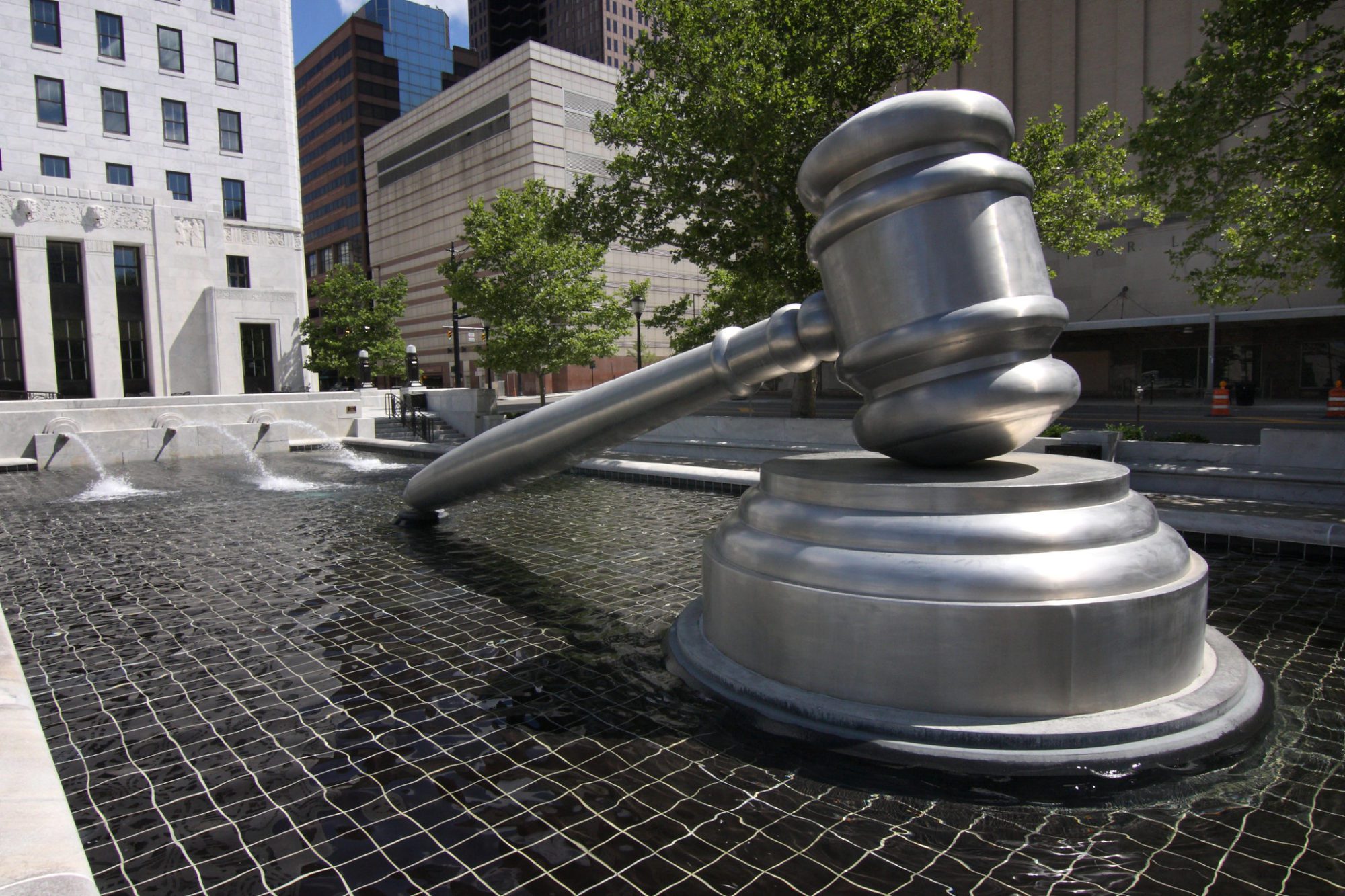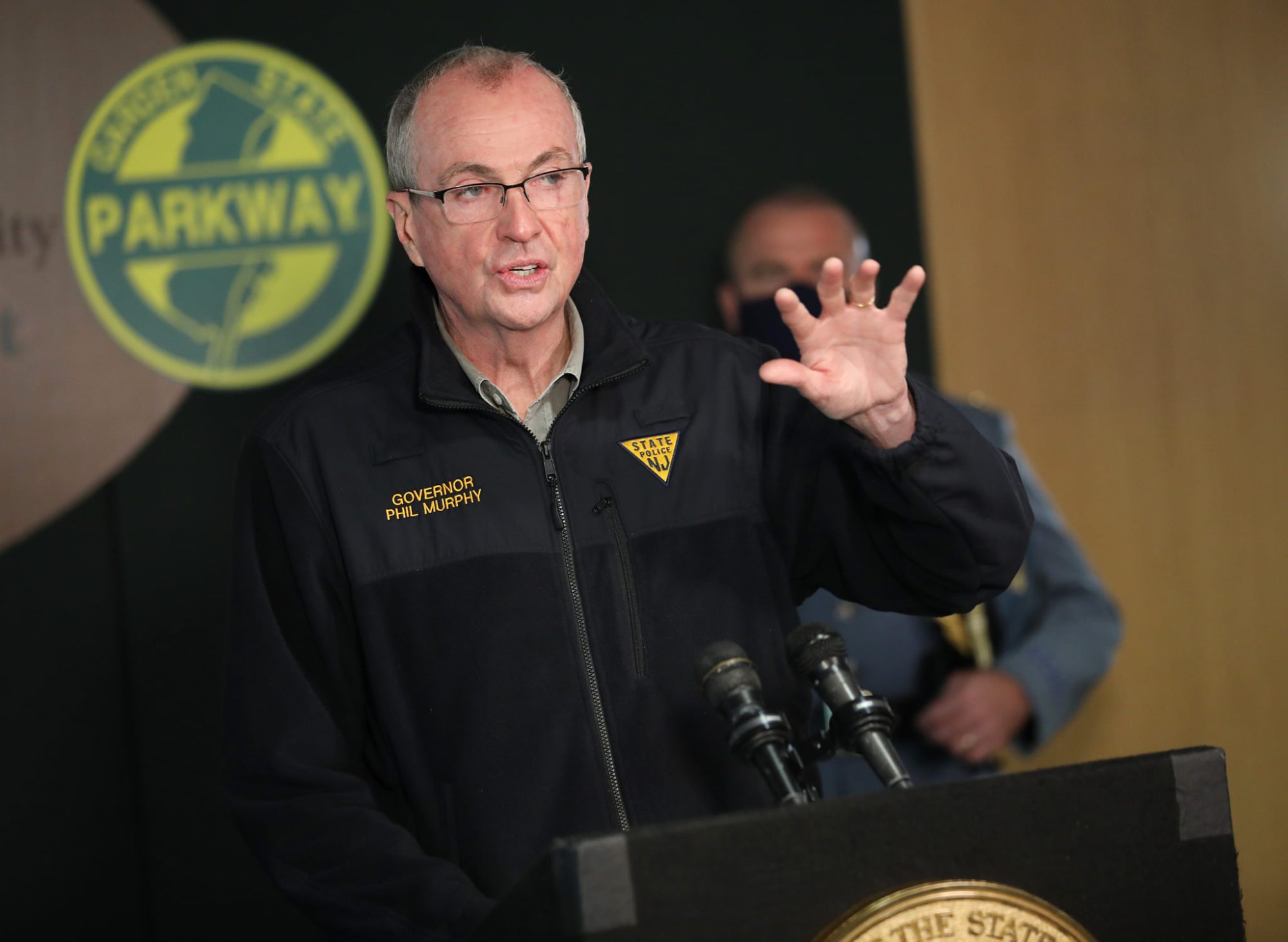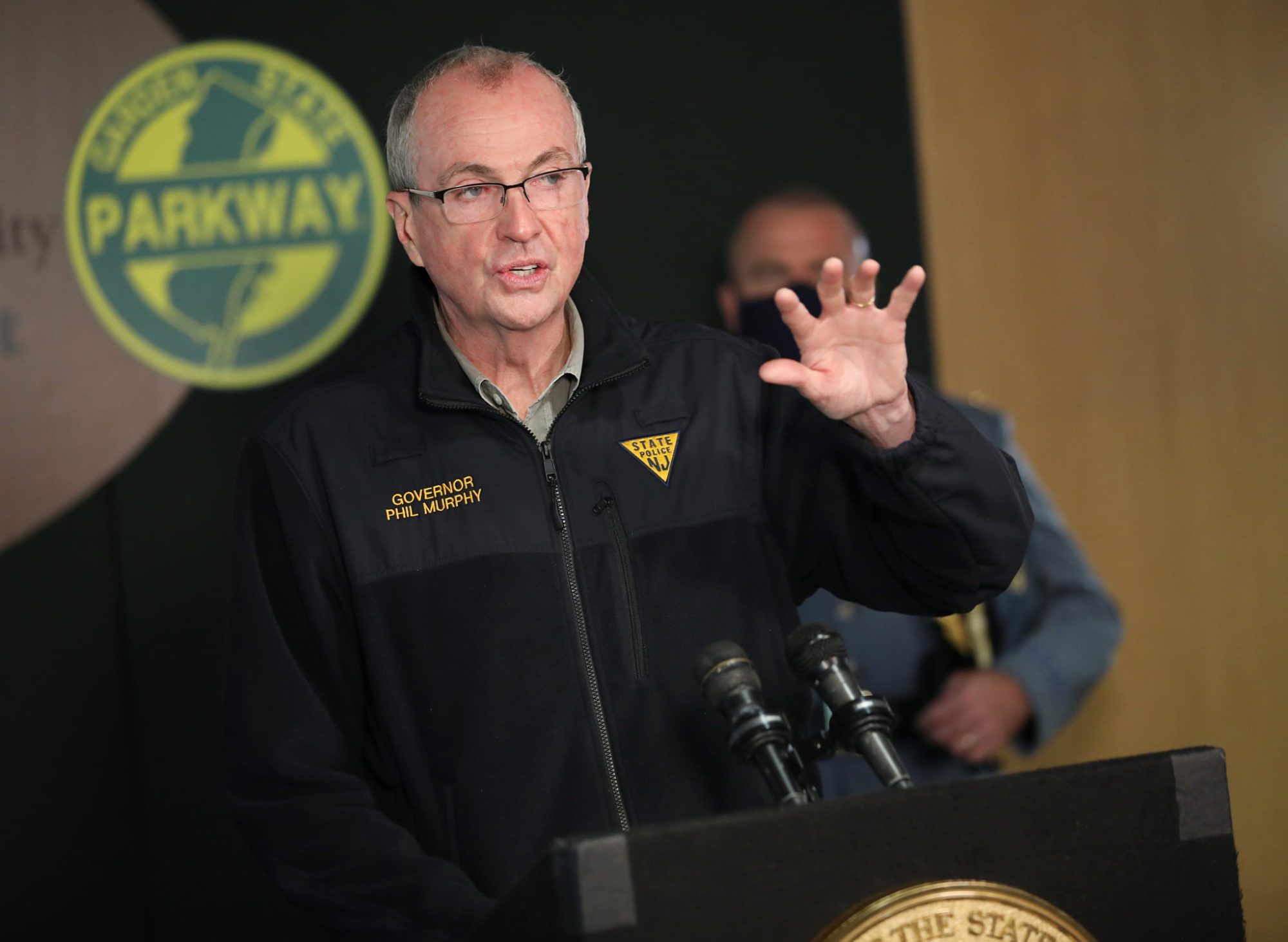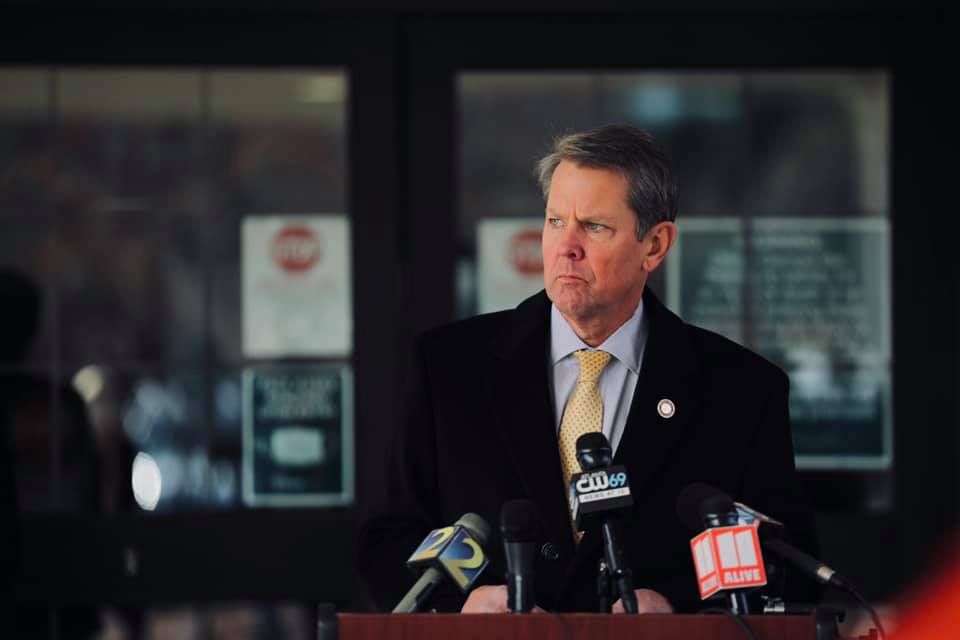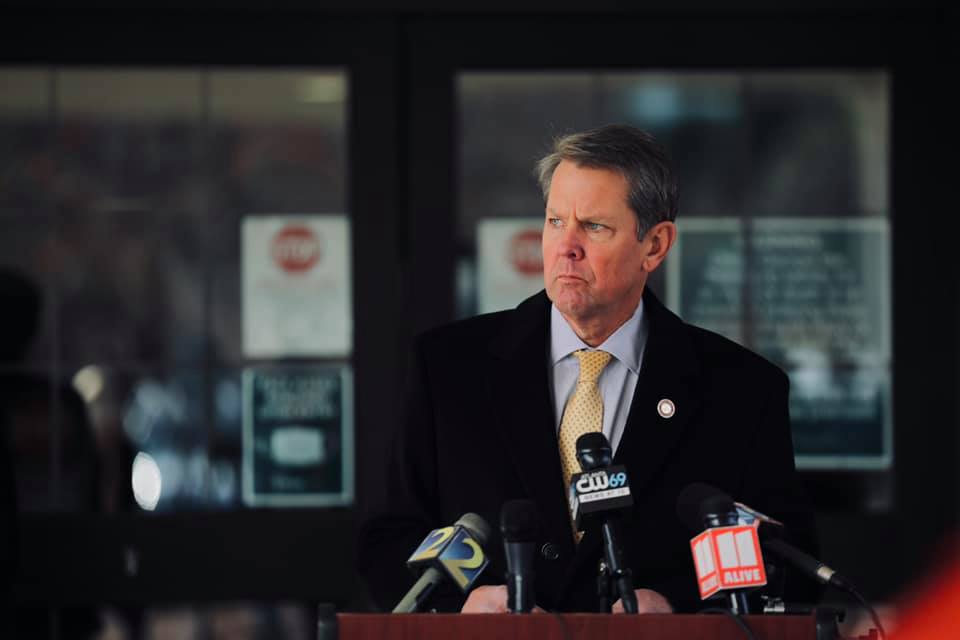New York’s Chief Judge Resigns, Breaking Up High Court’s Right-Leaning Majority
The unexpected retirement may flip the court’s ideological balance on critical issues, depending on Governor Kathy Hochul’s choice of a replacement.
Sam Mellins | July 12, 2022
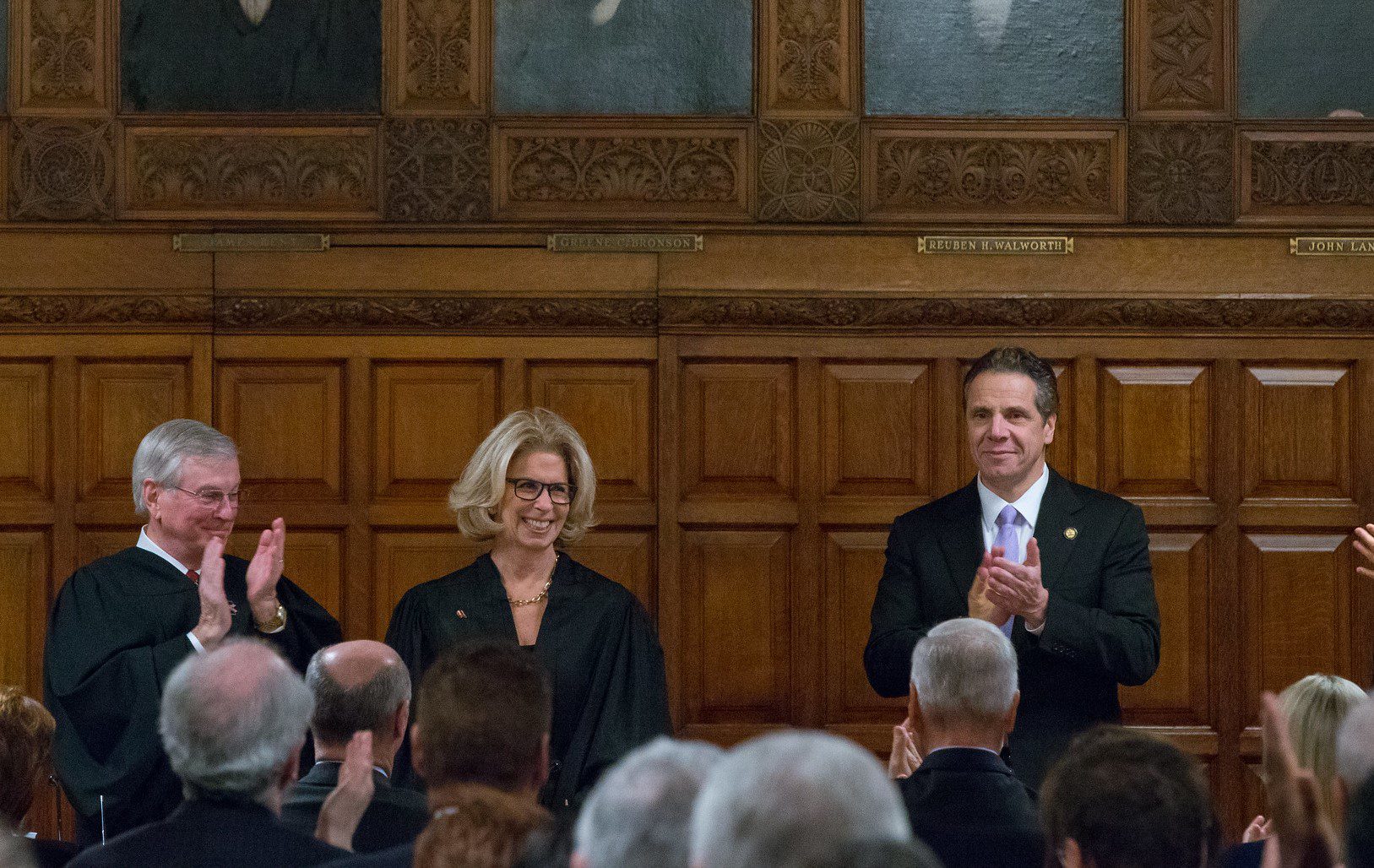
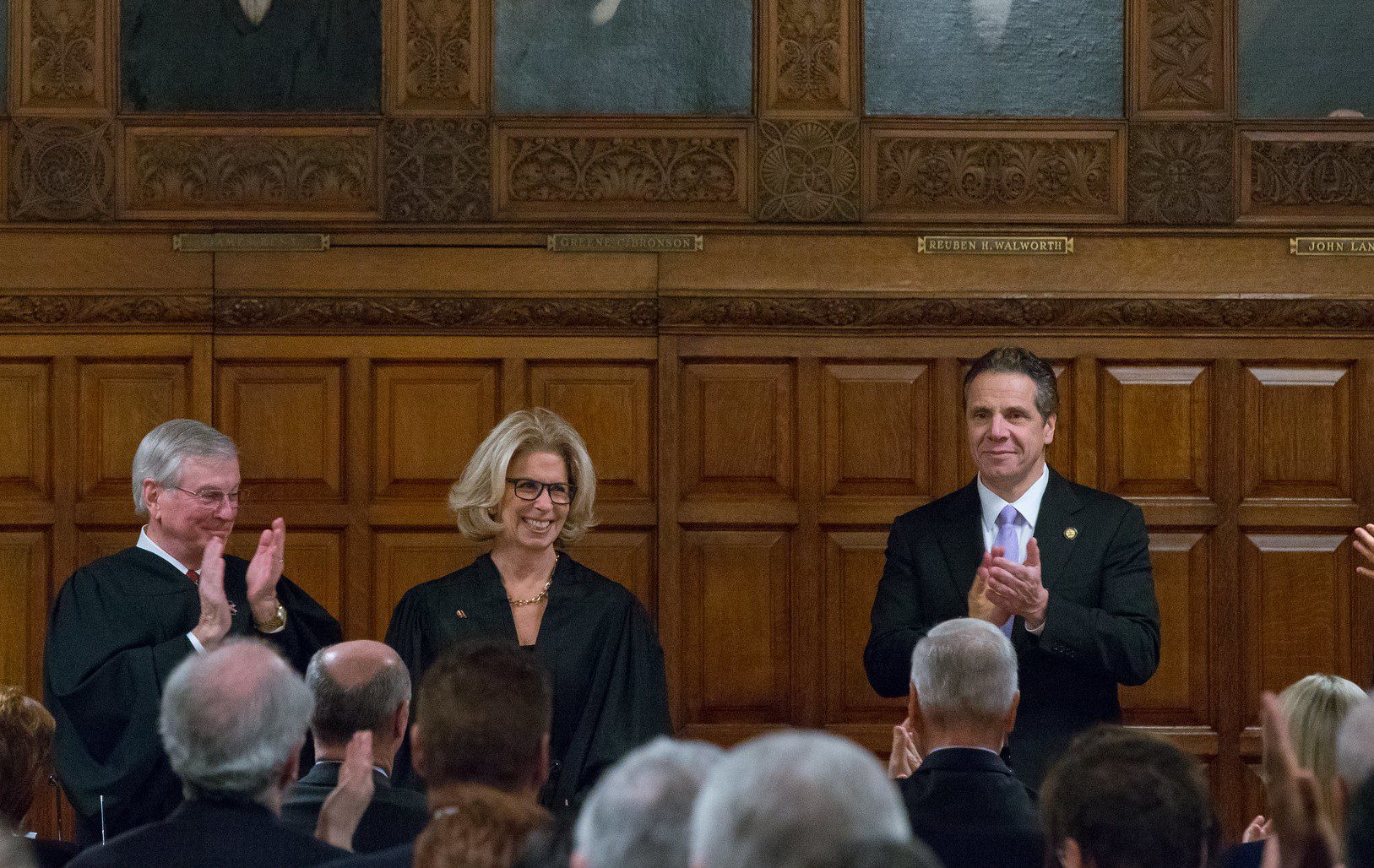
This article was published in collaboration between Bolts and New York Focus.
On Monday, Janet DiFiore, the chief judge of the Court of Appeals, New York State’s highest court, announced that she will be resigning this August. The news stunned much of New York’s political establishment and offered Governor Kathy Hochul, who will nominate DiFiore’s replacement, the chance to reshape the Court of Appeals for years to come.
The court has taken a sharp turn to the right over the last year, New York Focus reported last week. DiFiore leads a group of four conservative judges who have voted as a bloc in 96 of the 98 cases in the seven-member court’s most recent term, giving it control over essentially all the court’s decisions.
In that time, this bloc has issued a slew of rulings favoring law enforcement, large corporations, and landlords over defendants, employees, consumers, and tenants. DiFiore and her three allies—Anthony Cannataro, Michael Garcia, and Madeline Singas—have also been responsible for a sharp drop in the court’s overall caseload, and particularly in the number of criminal appeals that the court hears, experts say.
This conservative majority was expected to remain in control of the court until at least 2025, the year DiFiore would have had to leave the court due to turning 70, New York’s mandatory retirement age for judges. DiFiore offered no reason for her sudden resignation on Monday. But Law360 reported that she is currently the subject of an ethics investigation for interfering in the disciplinary process for a court officer who threatened to post flyers critical of her on court buildings.
If Hochul were to appoint a judge who is more progressive than DiFiore, it could flip the court’s ideological balance on key issues.
“We’re clearly trying to avoid having our own version of the U.S. Supreme Court here in New York,” Deputy Majority Leader Michael Gianaris, the second-highest ranking Democrat in the state Senate, told Bolts and New York Focus. “Under DiFiore’s leadership, that’s where this Court was headed. So I’m glad she’s resigning.”
Hochul’s pick for DiFiore’s replacement will need to be confirmed by the Senate to join the bench. Democrats hold a supermajority in the chamber, and many cheered the news of DiFiore’s resignation. Prominent senators urged Hochul to nominate a liberal or progressive replacement, as did the State Assembly’s influential Speaker.
But Democrats are also largely responsible for the court’s current makeup. All four judges in its majority bloc are appointees of former Governor Andrew Cuomo. The then-GOP-run Senate acted unanimously in 2016 to approve DiFiore, who at the time was a Democratic district attorney.
And just a year ago, Senate Democrats voted overwhelmingly to confirm Singas, another tough-on-crime prosecutor, despite a progressive effort to block her confirmation. Singas has since voted with DiFiore in every single case the two judges have ruled on.
One prominent senator said on Monday that he regretted that vote.
“It was a mistake to support Madeline Singas’ confirmation,” said Gianaris, who last year rallied his colleagues to support her. “She has become part of a majority bloc on the Court of Appeals that is issuing decisions that move us in the wrong direction.”
Asked about DiFiore’s retirement, Lucian Chalfen, a spokesperson for the court system, sent Bolts and New York Focus a statement: “While many people in government hold on the end [sic], that is not the case here. Now it is simply time for the Chief Judge’s next challenge in her professional and personal life. It is illustrative in one’s being aware that it’s not knowing when the right time is to get on the merry go round, but knowing when the right time is to get off [sic].”
“Time for a new direction”
On Monday, numerous Democratic senators publicly called for Hochul to nominate a more liberal replacement for DiFiore, reflecting growing concern within the chamber over the court’s conservative direction as well as frustration with the court’s majority bloc for ruling that Democrat-drawn legislative maps were an unconstitutional partisan gerrymander.
“I think it’s time for a new direction on the court,” said Senator Brad Hoylman, the chair of the Senate Judiciary Committee. Hoylman called on Hochul to nominate a replacement “focused on equitable outcomes for New Yorkers.” Gianaris also said he hopes to see a nominee “more interested in and more appreciative of the struggles of everyday New Yorkers” than DiFiore.
Senator Alessandra Biaggi, a member of the Judiciary Committee, said in a statement that she “strongly urge[s]” Hochul to nominate a public defender.
Four of the court’s current members are former prosecutors, while none have significant experience as defense lawyers. This reflects a common imbalance in state supreme courts around the country, Bolts reported in March, despite a major push in recent years to get governors to appoint more public defenders to the bench.
Multiple senators also said that the recent conservative rulings from the U.S. Supreme Court have amplified their concern over the Court of Appeals.
State Senator Andrew Gounardes, a member of the Judiciary Committee, said he hopes for a nominee who will “make New York a bulwark against the deterioration of rights” caused by recent Supreme Court rulings. Among other matters, the New York court could be called to clarify whether the state’s constitution enshrines abortion rights.
Like Gianaris, Gounardes voted in favor of confirming Singas. Gounardes said that he has felt “disappointment with some of the decisions” issued by the majority bloc. But he said that he does not regret supporting Singas based on the information that was available at the time.
“No one foresaw what would be happening at the national level,” he said, referring to recent decisions from the Supreme Court. “No one could foresee just how important state government would be.”
At the time of her nomination last year, Singas was already known as a leading critic of the landmark 2019 criminal justice reforms that reshaped the state’s bail system and evidence rules. Reform advocates warned loudly then that her nomination could shrink the rights of criminal defendants. While their efforts were unsuccessful, they did focus public attention on the court’s increasing conservatism.
Lingering DiFiore influence?
When Hochul nominates a replacement for DiFiore, she will do so by picking a nominee from a shortlist of seven candidates prepared by the Commission on Judicial Nominations, a committee tasked with soliciting and reviewing applications for vacancies on the Court of Appeals.
DiFiore selected four of the commission’s 12 current members, and Cuomo, a close ally of DiFiore, selected another three. The term of one of the Cuomo appointees, Abraham Lackman, expired in March, but he still serves as a commissioner, according to the Commission’s website. A spokesperson for Hochul did not respond by press time to a question on whether she plans to replace Lackman before the Commission selects the shortlist for DiFiore’s replacement.
Eight votes are required to place a potential nominee on the shortlist—just one more than the number currently controlled by DiFiore’s and Cuomo’s appointees.
“Even from beyond office, Cuomo and DiFiore will have a hand in shaping the composition of the Court of Appeals,” said Noah Rosenblum, professor at New York University Law School and a former clerk at the Court of Appeals.
Once Hochul makes her pick from the shortlist, the nominee will go before the Senate for confirmation. The Senate has never rejected a nomination to the court, and confirmations have generally not been highly contentious—at least not until Singas’s last year.
Absent a nominee as polarizing as Singas, it’s not clear that the Senate is likely to mount significant opposition to whomever Hochul picks.
When Hochul was preparing to select her first nominee to the Court last fall, 10 Senators penned a letter calling on her to nominate a public defender to the open seat. When Hochul instead picked Shirley Troutman, then a lower court judge and previously a prosecutor, nine of those Senators still voted to confirm. (Troutman has since become the closest thing to a swing vote the court has, sometimes ruling in the majority along with the conservative bloc, and sometimes dissenting along with Jenny Rivera and Rowan Wilson, the court’s two consistent liberals.)
Gianaris declined to say whether the Senate might reject Hochul’s nominee if she nominates someone in the mold of DiFiore. “I’m more hopeful that Governor Hochul will herself appreciate the gravity of the moment and that won’t become necessary,” he said.
Steering the court
The court’s conservatism under DiFiore is out of step with its historic norm, according to Vincent Bonventre, professor at Albany Law School and an expert in the Court of Appeals. Under the three chief judges who preceded DiFiore, “the court was way out in front of most courts in the country in protecting rights and liberties,” he said.
Before Singas and Cannataro joined the court last year, DiFiore didn’t have a consistent ally other than Garcia, who is the court’s lone Republican (though he, too, was appointed by Cuomo). Singas and Cannataro replaced two judges who were known to be swing votes, and who sometimes sided with the court’s two liberal judges.
As the court has tacked to the right, it has also become less interested in explaining the reasoning behind its decisions. The court did not issue a formal opinion in the majority of last year’s cases, but instead published short “memorandums” that offer only brief explanations of the majority’s thinking.
“They are so incredibly superficial,” Bonventre said of the memorandums. “I think it doesn’t show much respect for the judges that are in dissent.”
A new chief judge will have enormous influence on the trajectory of the Court of Appeals and also on the broader practices of New York courts, since they will serve as the chief administrator of the entire system, and will have the ability to appoint administrators and set policy for hundreds of lower courts.
“The chief judge, by and large, has been able to steer the court in the ideological direction that the chief judge prefers,” Bonventre said.



